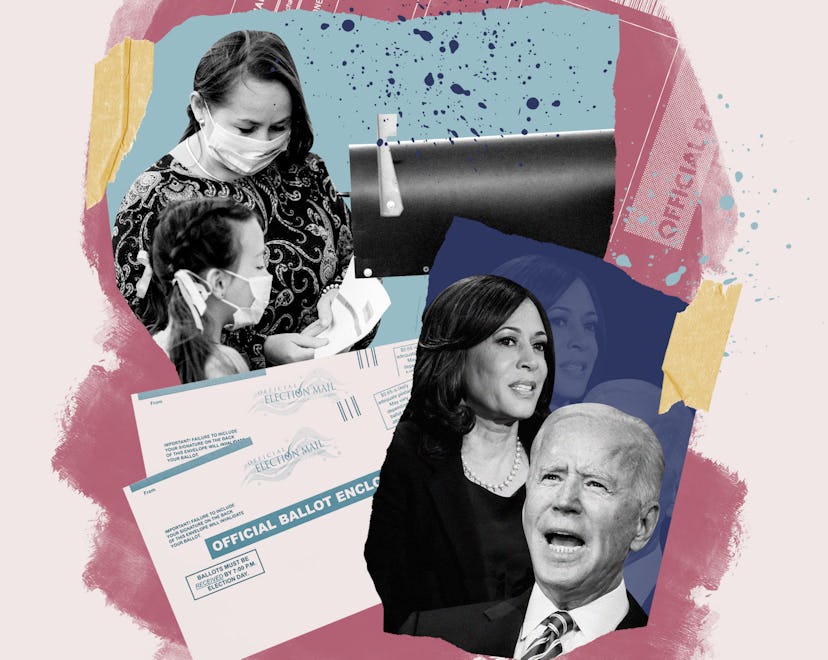Bettmann / Contributor / Getty Images
The 19th amendment passed 100 years ago, but a lower percentage of women than men voted in each election until 1980, when Ronald Reagan won the White House. Since then, women have continued to vote at higher percentages than men and have become a powerful constituency.
By October, Trump was less certain about his "housewife" support. “Suburban women, would you please like me?" he asked at a Pennsylvania rally. But Biden won the suburbs by 19 percentage points. Trump won by 5 points in 2016.
Getty Images
Biden got 4.6 percent more votes than Hillary Clinton; the suburbs were where the voting patterns most changed. In Georgia, Biden got 8% more votes than Trump in the suburbs and in Michigan and Wisconsin, about 3%.
Joe Raedle / Staff / Getty Images
A Washington Post-ABC News poll predicted a 23-point Biden lead over Trump among female voters. In the end, 56% of women voted for Biden, and 43% for Trump. That 13-point lead was the same as Clinton’s in 2016, and two points higher than Obama’s in 2012.
Meanwhile, 90% of Black women who voted and 69% of Hispanic women who voted cast ballots for Biden. Per one analysis, 98% of Black women and 67% of Hispanic women voted for Clinton in 2016.
This year, a new voter demographic emerged: “Zoom moms,” who socialize and talk politics. Women comprise 56% of adults who videoconference; 40% of those are Democrats, 25% are Republicans, and 36% Independents. Half the women talking politics on these calls are Democrats.
We don’t have good numbers on how moms vote, but the battle for their ballots was clear. A pro-Trump PAC was named Moms for Safe Neighborhoods; Dems thought “rage moms”— those forced out of the workforce by Trump’s anti-woman policies & dysfunctional Covid response — would rally.
Mothers were moved to act during the Trump era — they formed walls and demanded action. But having kids doesn’t statistically change voting behavior. Even the devastating impact on schools and the economy didn’t seem to move mothers to cross party lines.
Being married does make a difference: 55% of married women voted for Trump vs. 44% of married men. When men marry and have kids, they tend to go blue but as the author of one study noted, “marriage traditionalizes women’s attitudes ... and this is pronounced for white women.”
Women overall are 8% more likely to vote for Democrats. But when it comes to holding office, even with female Congress members at record highs, just 38% of House Democrats and 36% of Senate Democrats are women. 8% of House Republicans and 15% of Senate Republicans are women.
There's a record number of moms in Congress, changing the political landscape. And soon, of course, our VP will be "Momala." But, just as the pandemic has had a disproportionately devastating effect on working moms, it’s taking a toll on politician moms.
“If the window was already narrow for women with minor children…to run, it just seems like it will virtually have closed for a lot of those women in this environment.”
Janine Parry, professor of political science at the University of Arkansas
One thing's certain: moms have power. In November, an Oregon county voted for free universal preschool. “As a Black woman raising Black children, I see the data about disparities for kids of color every single day,” said Toya Fick, an activist in Oregon.
This is really a feminist ballot measure as much as it is one that will benefit kids and workers. We know who takes the brunt of the work at home, and that’s moms, many of whom are also working outside the home.
Jessica Vega Pederson, a Multnomah County Or. commissioner who championed the bill
